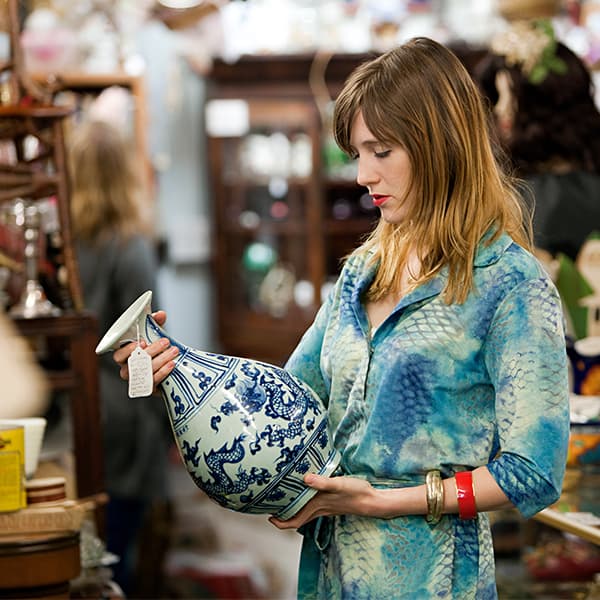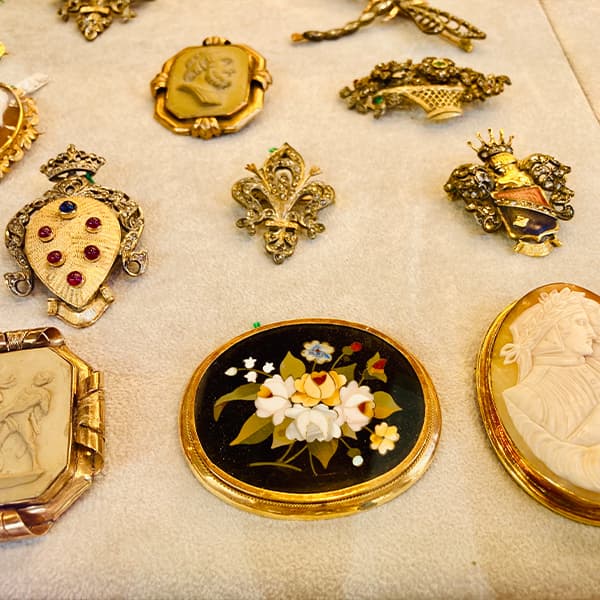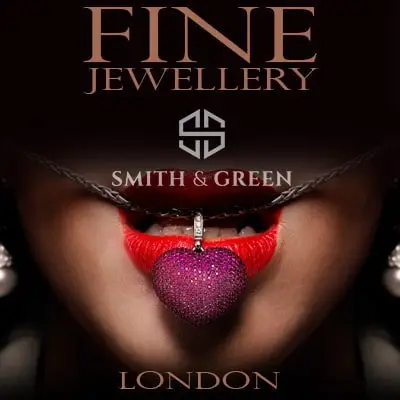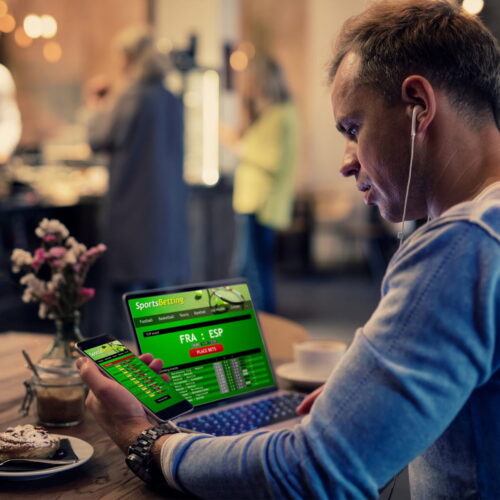If you are new to the world of antiques, you may be a bit cautious and uncertain about where to begin, but everyone has to start somewhere, so try not to be too daunted because finding a good bargain is like winning in a casino. We are here to tell you where to go and find your next hidden antique treasure.
Whether you want to start an antique collection or are just fascinated by shows like Antiques Roadshow, there are a few things to consider when purchasing your antiques. We will go over everything from what defines an antique and how to recognise a fake, to where you can purchase them and how to effectively negotiate a bargain.
What precisely is an antique?
An antique, in general, is an ancient collectable artefact that represents a former age or period in history. Age, rarity, appearance, condition, function, contemporary tastes and personal or emotional connection are all factors that contribute to making antiques valuable. Furniture, jewellery, clocks, coins, and kitchenware are just some examples of vintage items that can be considered antiques. Antique dealers generally consider an item to be antique if it is more than a hundred years old.
Different terms such as ‘antique’ and ‘vintage’ might be confusing, so the easiest way to distinguish antiques is to consider their age: if an object was made over one hundred years ago, it is an antique; if it is younger than that, but still fairly old, it is most certainly vintage. Anything older than three hundred years is divided into two groups: fossils (if they’re natural) and antiques or artefacts (if they are manmade).


Why buy antiques?
Many people mistake antiques for outdated, out-of-style, items, but in many cases, this could not be further from the truth. Antiques, unlike modern-day produced goods, which can have hundreds of reproductions, are one-of-a-kind. By their age, antiques give us fascinating insights into the various styles and fashions of periods within history, and each will have its own wonderful story to tell.
Not only do antiques make a statement and stir intriguing discussions, but they are also good for the environment – by purchasing antique furniture, you will be helping to reduce the demand for new goods from sectors that, through production processes, have an impact on our environment. Often vintage items are extremely well-made, and created by artisans who invested considerable time and attention to their craft, producing unique items, in contrast to the mass-produced, machine-made goods of the modern world. The fact that they’re still in existence after all these years is a testament to their durability.
There are many variables contributing to the value of any antique, including its condition, rarity, and historical significance. Certain objects might well be excellent investments, but antiques may also be valued for emotional reasons, such as with family heirlooms or if they have a specific narrative to tell that connects them to you or a memorable event.
What should you look at when purchasing antiques?
In general, you don’t need to perform any study before you begin looking for antiques. It is, nonetheless, beneficial to have some previous knowledge, even if it is just a few fundamentals. The more informed you are, the more comfortable you will be speaking with antique specialists, and the simpler it will be to spot fakes and get a good deal.
Visiting the world of antiques in person is typically the best way to obtain information. For example, iacf are organisers of premium antiques fairs in the UK with 7 locations and over 30 fairs a year. This doesn’t have to entail purchasing anything straightaway; just watching an antique fair or auction house, or visiting an antique dealer, may provide you with valuable insight into how things function.
If you want to increase your knowledge at home, you should start by reading good books and watching some thought-provoking television shows. Various vintage handbooks with important information and advice are available on Amazon, for example, Judith Miller’s Antiques Handbook and Price Guide, or Kim and Terry Kovel’s Collectables Price Guide 2021. Antiques Roadshow, Flog It, and Antiques Road Trip are all popular television shows that provide a calm and simple way to explore a variety of antiques and learn important principles.
If you’re wondering where to start, try familiarising yourself with styles from a major historical period. This will help you identify the difference between, for example, Georgian and Victorian pieces.
When attempting to date an antique, the first factor to evaluate is the material used to create the item. This may provide insight into the trends, technology, and availability of resources at the period. It’s crucial to realise that handcrafted antiques are prone to flaws. These aren’t necessarily defects, but they might indicate that the object was handcrafted rather than machine-made, making it more likely to be an antique.
Buying and collecting antiques is often a fun and unique activity, because you never know what hidden gems you might come across. Learning about and investing in antiques is also a real privilege because each unique item can open our eyes to the fascinating trends and stories of our rich history.
With so many different types and varieties of antiques to buy and collect, anyone can get involved. It’s natural to feel unsure where to start, but remember that searching for antiques should be an exciting and enjoyable experience.
Conclusion
By doing some simple research, exploring different antique scenes, and getting to know different trends and fashions, you’ll soon be on the road to discovering great antiques that you can enjoy.

















